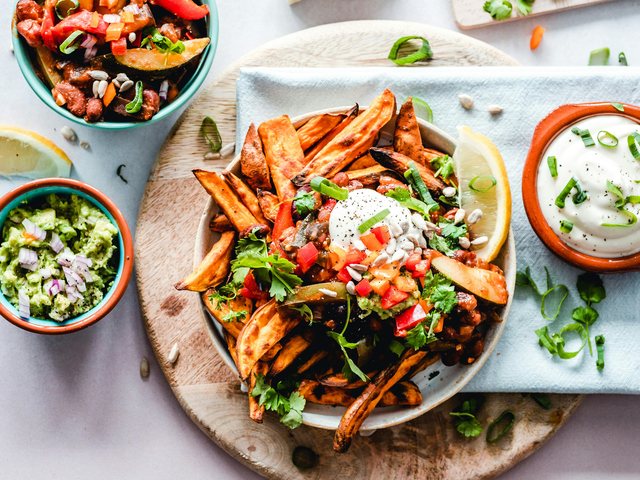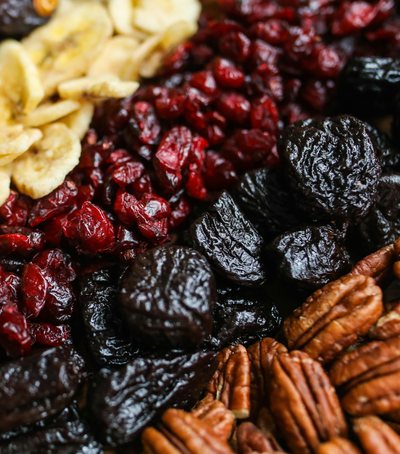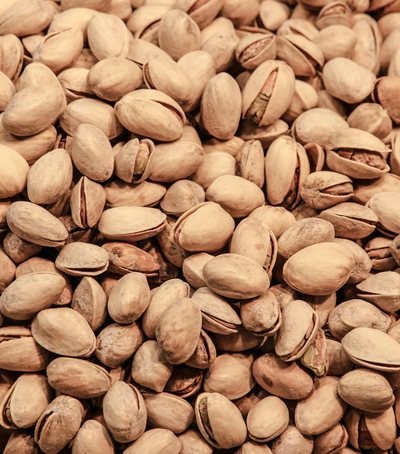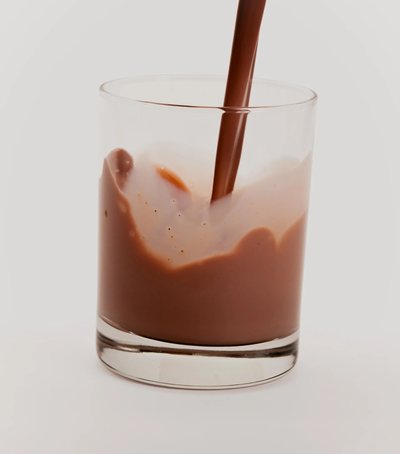
This article shows how to make food “waste” a sustainable part of the kitchen: using skins, tails, bones, leaves, and other parts that are often thrown away to extract flavor, nutritional value, and creative recipes. The approach is simple: save, transform, and use—before you think about throwing it away. Here’s how to do it in practice.
One of the most powerful bases is stale bread: shred it, dry it in the oven, and grind it to make breadcrumbs or croutons. They are used for dishes, toppings for fish/meat, or as a crunchy topping. The deep slices of bread can be made into light “pain perdu” for breakfast or simple cookies with a little honey and nuts.
Vegetable skins and stems aren’t useless—collect them in a bag in the refrigerator or freeze them to make basic cubes. Carrot skins, onion skins, celery, parsley roots, tomato cores, and broccoli florets can be used to make a rich vegetable stock that replaces artificially flavored cooking times. Kale stems can also be used for pesto (I grind them with walnuts, garlic, cheese, and olive oil) or lightly sautéed in a pan with a little lemon and salt as a garnish.
Chicken bones, meatballs, and skins make perfect bases for soups and broths. Freeze them until you have a bowl full of scraps and slowly simmer them with herbs, black pepper, and a dash of clove for a liquid that adds depth to any dish. The rendered fat (e.g., from chicken skins) can be used as a “rendering fat” for flavorful stir-fries or to add flavor to roasted vegetables.
Citrus peels (without the very bitter white pith) are used for zest, candied peel, as a base for syrups, water infusions, or as an addition to desserts and sauces. Mixed with a little sugar and dried, they are made into a garnish, or added to tea for flavor. Even the cores and pits of fruits such as apple cores or pear cores can be boiled for a light cinnamon jelly.
Leaves that are often discarded—like beet greens, carrot skins, grape leaves—can be added to salads, roasted with a little oil, or mixed into bread dough for “green muffins” or pancakes. Similarly, nuts that have started to age can be roasted and used as a fragrant topping, taking on new flavors.
Use leftover grains and rice for fried rice, patties with combined ingredients (with vegetables, eggs, spices), or to make porridge with dried fruit. This uses up any leftover bits that are not thrown away. Even coffee grounds can be used to add depth to dark marinades or in a spread for brown bread (use sparingly, as it is not for direct consumption as the main ingredient).
A powerful practice is the “scrap bag” in the freezer: collect any food that would otherwise be thrown away (after rinsing or removing any spoiled parts), and when you have enough, use it for stock, soup, puree, or canning. This keeps you organized and saves you time. Also, fermenting some leftovers (like vegetable skins with salt) can create probiotic and delicious side dishes without throwing anything away.
To avoid compromising food safety, always check for mold or bad odors before use, avoid pieces that are completely spoiled, and store quickly (refrigerate for short-term use, freeze for later). Composting is a last resort—if a piece is no longer edible, only then return it to the soil.
Transforming leftovers into new values not only saves money, but also enriches the table with deep flavors and character. When adopted as a routine, “nothing goes to waste” becomes a culinary philosophy: a smart, creative, and sustainable way to cook.
Photo Credits (Ella Olsson):
https://www.pexels.com/photo/top-view-of-food-1640772/





